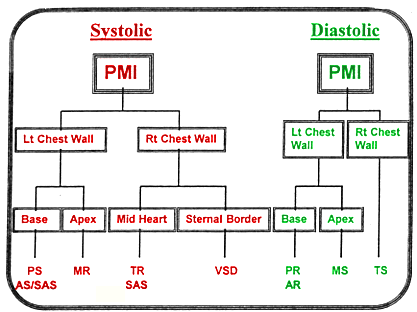Lesson Progress
0% Complete
Signalment:
- Common breeds:
- Miniature Poodle
- German Shepherd
- Collie
- Sheltie
- Pomeranian
- Usually presented at 6 – 12 wks of age
- More common in females, approximately 70% of cases are in females
History:
- The majority of cases present for an incidental heart murmur detected at the time of first vaccination
- Rarely they present for signs of congestive heart failure
- Also rarely they present for hind leg weakness (with reverse PDA)
- Cats are reported to show severe heart failure by a few weeks of age (this has not been the authors experience)

Continuous Murmur:
- PDA
- A-V Fistula
Physical Examination:
- The hall mark of PDA is the finding of a continuous heart murmur with a PMI in the left axilla or thoracic inlet. Although the murmur can be heard in systole and diastole, the intensity is always stronger in systole and fades in diastole. Also, if one listens over the left apex, the murmur is usually only systolic; therefore the PMI must be sought out (deep in the axillary region) to find the continuous nature of the murmur.
- Signs of heart failure are usually absent, but in some cases may be noted, especially congestive heart failure
- If heart failure is present, reduced stature may be noted
- The femoral arterial pulse is usually exuberant (another typical feature of PDA). Often a prominent pulse may be noted in many unusual areas on the body (i.e. along the gingival mucous membranes)
- When reverse PDA occurs, it presents with:
- differential cyanosis – cyanosis of the rear half of the body, pink head area and forelegs
- the polycythemia that develops may mask the murmur which is usually systolic
